‘The Royals’ on Netflix: Crown, couture, and confusion
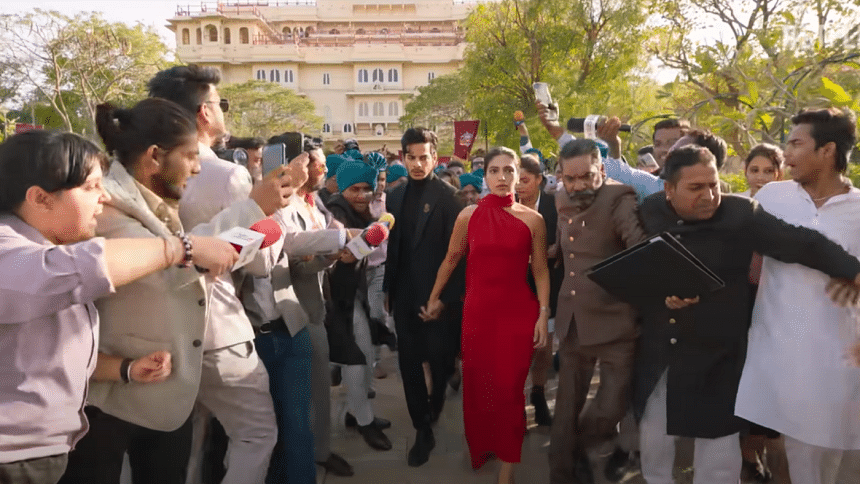
At a time when OTT platforms are overflowing with gritty thrillers and intense dramas, Netflix's "The Royals" offers a much-needed escape into a world of luxury, romance, and family dynamics. At its heart, the series is a maximalist rom-com built on the most classic of tropes — opposites attract, rich boy meets self-made girl, palace intrigue meets pitch decks — dressed in some of our favourite buzzwords: feminist, queer-friendly, and unapologetically fashionable. It is refreshing to see a South Asian series embrace froth and flamboyance without constantly apologising for it. Then again, being aware of one's aesthetic does not excuse narrative shortcuts. While "The Royals" delivers big on styling and spectacle, its storytelling often trips on its own heels.
The plot opens with Sophia Kanmani Shekhar (Bhumi Pednekar), the high-achieving CEO of a hospitality startup, WorkPotato, as she wins an international entrepreneur award in Sri Lanka. There, she literally collides with Aviraaj Singh (Ishaan Khatter), a smouldering prince with a six-pack, a camera crew, and just enough ennui to signal he is emotionally unavailable. They exchange electric glances, an ideological argument about class and privilege, and go their separate ways. Until, of course, fate and plot convenience bring them together again — this time at his crumbling family palace in Rajasthan, which Sophia wants to convert into a luxury bed-and-breakfast. From this point on, "The Royals" spins into an elaborate juggling act: a palace-turned-startup project with high stakes, a will with a mysterious heir, unresolved romantic tensions, and multiple supporting characters with their own ambitions and baggage. The setup is undeniably fresh — a struggling royal family turning their ancestral palace into a luxury homestay offers fertile ground for commentary on class, culture, and capitalism.
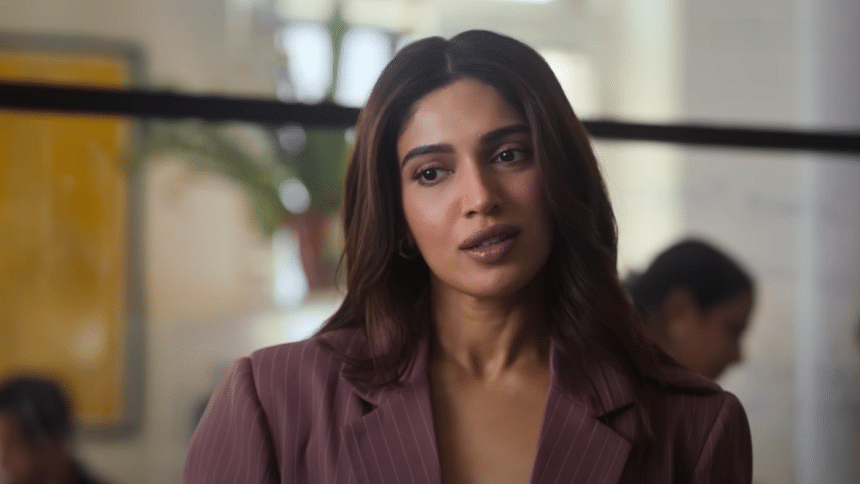
There is no denying that "The Royals" is visually gorgeous. From Abu Jani-Sandeep Khosla's costume triumphs to grand sets bathed in soft light, the show stands as a Pinterest board for the aesthetically inclined. It wears its fashion-forward identity with pride, but beneath the layers of couture, there is a hollow core. The writing feels more like an afterthought than a spine. The dialogues often aim for cleverness but fall flat, character motivations feel inconsistently plotted, and dramatic twists arrive with little buildup or payoff. The biggest tension within "The Royals" is not between Sophia and Aviraaj; rather, it is between the show's desire to be a serious story about legacy, power, feminism, and modern entrepreneurship, and its simultaneous obsession with glitter, melodrama, and fairy-tale endings. It wants to say something, but it is not sure if it wants to be a rom-com, a family saga, or a commentary on new-age Indian womanhood. So, it tries to be all, and in the process, ends up stretching itself too thin.
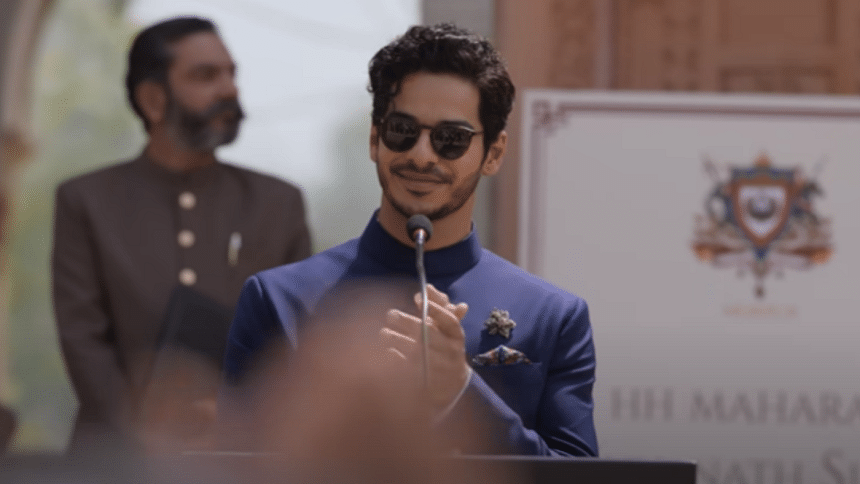
To its credit, "The Royals" does make a commendable effort at diverse and progressive representation. It treats queerness with nuance, not as a punchline, plot twist, or token gesture. Characters like Diggy, the royal-turned-chef, and Princess Jinnie are written with empathy, if not depth. Maharani Padmaja, played with warmth by Sakshi Tanwar, gets a rare second-chance love story arc that neither shames nor sidelines her desires. In the typical on-screen landscape, where widows are still too often depicted as tragic martyrs, this feels like a quiet revolution, albeit too fleeting. Even the show's strongest asset, its all-women creative team, does not shield it from narrative pitfalls. Too often, empowerment is shown in slogans, not struggles. Sophia is clearly designed to be a self-made icon, but beyond a few boardroom scenes and a traumatic backstory involving deceased parents, we never really see what makes her a formidable founder. Likewise, Aviraaj's character has the potential to explore masculinity beyond machismo. His rejection of royal responsibility, complicated father-son dynamics, and respect for female agency are nice touches. Although they are executed in such a glossy, conflict-free manner that he often comes off more like a Instagram boyfriend than a person.
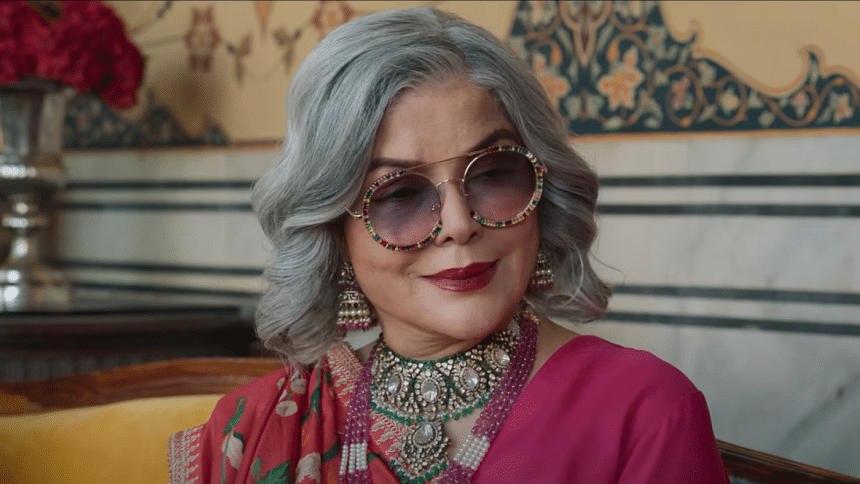
Bhumi Pednekar does her best to lend gravitas to a character that's written more as a concept than a person. She is confident, emotionally available, and occasionally gets to bite into scenes with complexity. Ishaan Khatter, meanwhile, has the charm and physique for a rom-com lead but not the maturity to ground the emotional stakes of a character torn between duty and desire. Nora Fatehi, surprisingly, emerges as one of the show's more layered performers, and her portrayal of a savvy, strategic princess from New York adds some unexpected edge to the otherwise sweet palette of the show. Zeenat Aman, cast as the irreverent, weed-smoking Maaji, is criminally underused. What should have been a standout role, as the bohemian grandmother schooling her family in modern love and politics, ends up being little more than comic relief. Finally, Sakshi Tanwar and Chunky Pandey hint at richer narratives, but those threads get lost in the show's effort to juggle too many stories, too quickly.
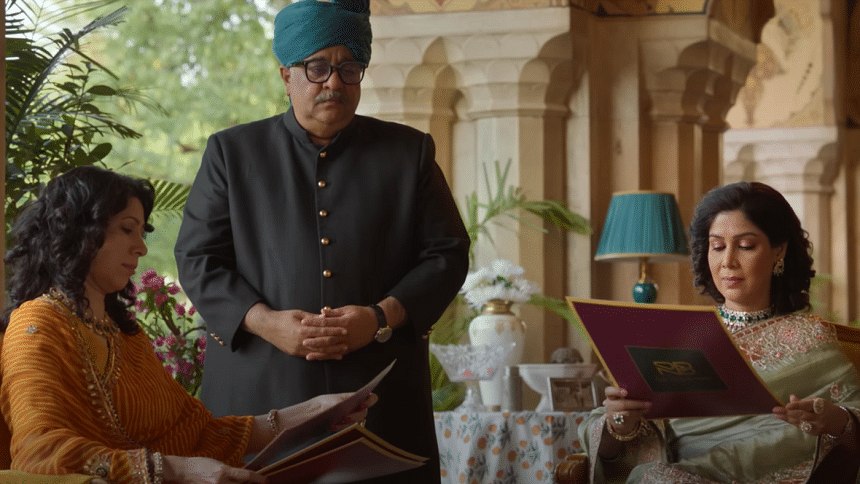
So, if you are craving a frothy, easy-on-the-eyes binge with Instagrammable backdrops, swoon-worthy romances, and a killer wardrobe, this show delivers. However, if you're expecting "Made in Heaven"-esque takedowns of wealth and power, or "Bridgerton"-fashioned radical commentary wrapped in corsets and flirtations, this won't scratch that itch. For all its ambition, "The Royals" feels too safe, too polished, and too obsessed with being liked to take real narrative risks. Ultimately, it turns out to be a polarising experience. It is either a feel-good, feminist fantasy that finally lets Indian rom-coms breathe on OTT or an indulgent mess, more interested in sparkle than storytelling. Perhaps the truth lies somewhere in between: it is a series that tries to break the mould while clinging tightly to the tropes it is trying to outgrow.

 For all latest news, follow The Daily Star's Google News channel.
For all latest news, follow The Daily Star's Google News channel. 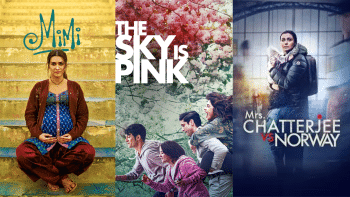





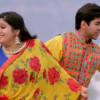
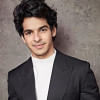


Comments